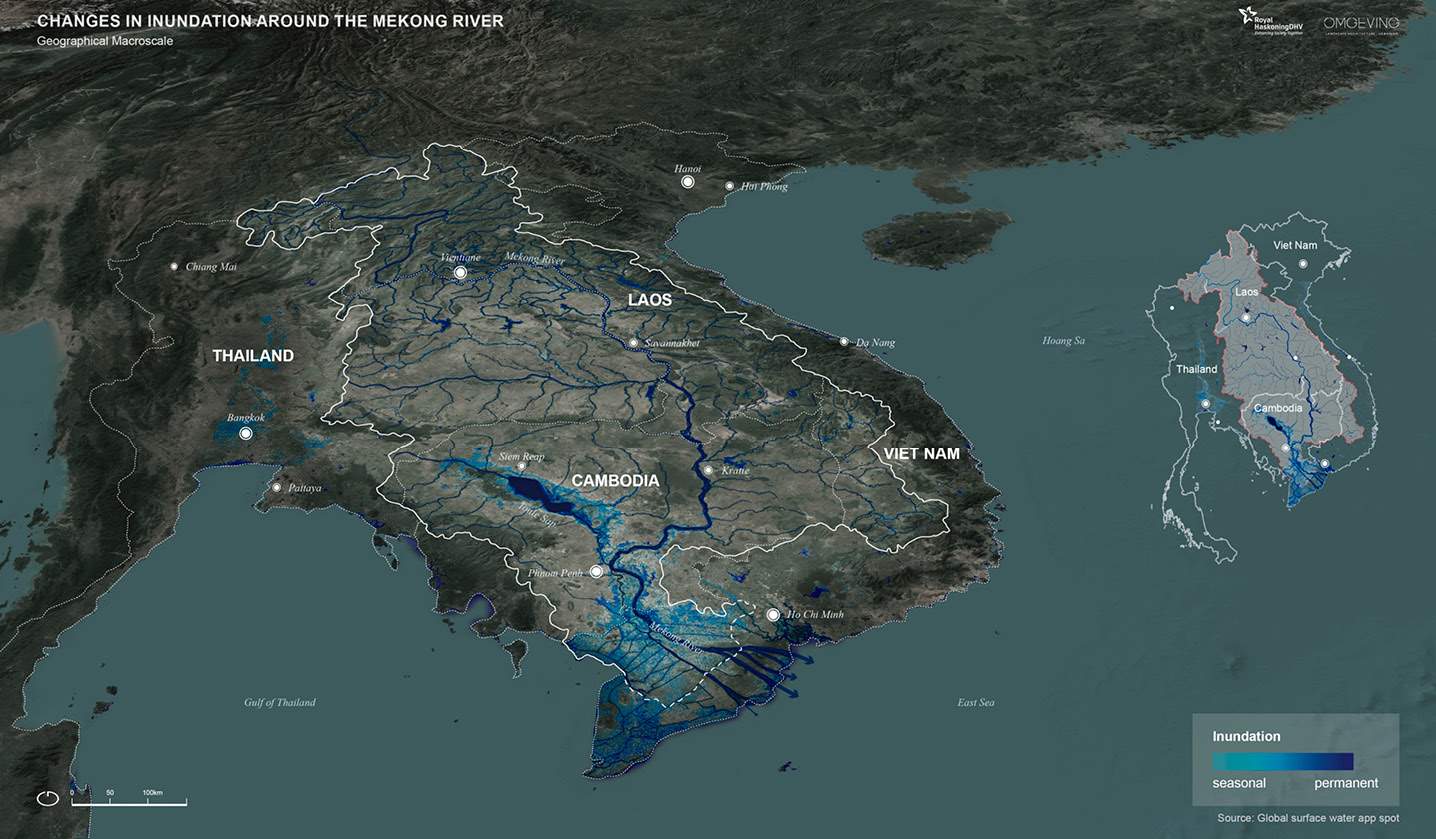Floodplain disconnection
Three primary factors are responsible for disconnecting floodplains: physical barriers, river bed incision and alterations in flow. When it comes to physical barriers, floodplains often become separated from rivers due to engineered river channels that introduce various structures, like levees, that obstruct the connection between the rivers and floodplains. On the other hand, hydrological disconnection occurs when river flow is modified to the extent that high flows no longer inundate the floodplain. This lack of periodic inundation significantly reduces the floodplain's ecological functions and benefits. This includes disrupting the exchange of surface water, nutrients, sediment, and organisms, which can adversely affect riparian habitats.
Moreover, it can worsen erosion and lead to incisions in the river channel. In turn, riverbed incision is an additional factor that affects inundation levels, extent, frequency and duration, and river bank erosion. The main channel becomes more focussed (with increased stream energy) and incised, and this process continues, increasing the physical barriers. The most direct and important impact of reduced frequency and extent of the inundation of floodplains is reduced expansion for floods that expose people and nature downstream to non-natural flood events.
To tackle this challenge, it is essential to restore the natural function of floodplains. This restoration will enable the system to facilitate the movement of aquatic organisms and materials like sediment, minerals and nutrients that are important for the soil quality of floodplains. Many fish species migrate to floodplains as a part of their life cycle, to feed and refuge during high flood episodes, notably for young fish, to not have to fight high energy flows in the mainstream. Moreover, the active floodplain plays a crucial role in maintaining water quality, mitigating flood stages, recharging ground water reserves, washing soil for excess salt, and it acts a natural pesticide. Re-establishing a connection with the floodplain is anticipated to enhance the resilience of the community against floods and improve livelihoods that depend on the quality of the floodplains. Additionally, active floodplains will also enhance resilience against droughts and extreme heat, because natural habitats and water mitigate heat.
